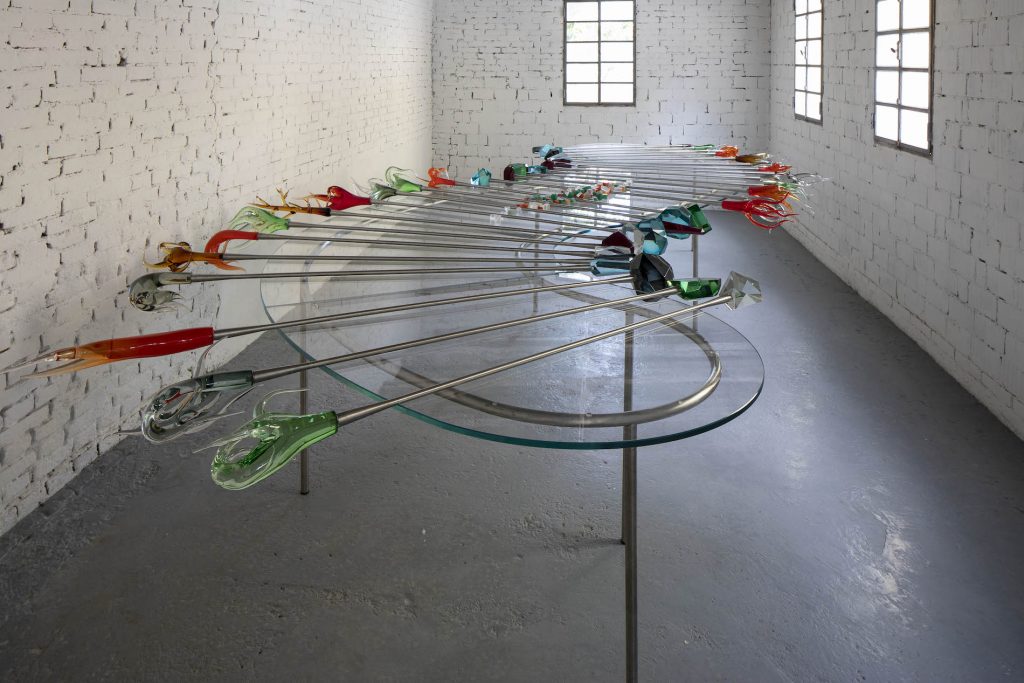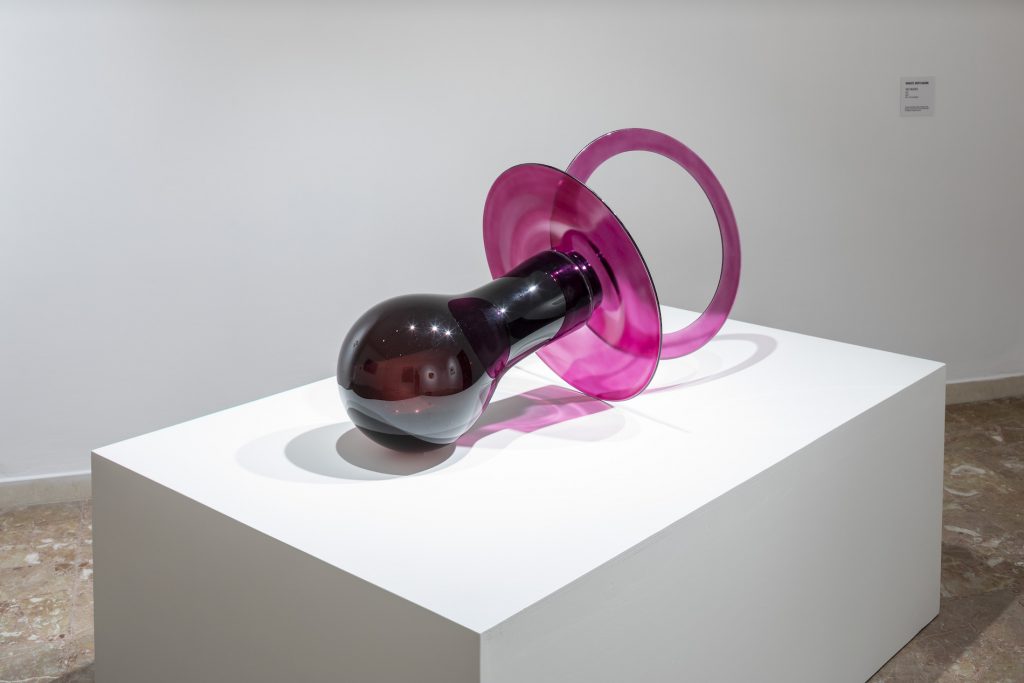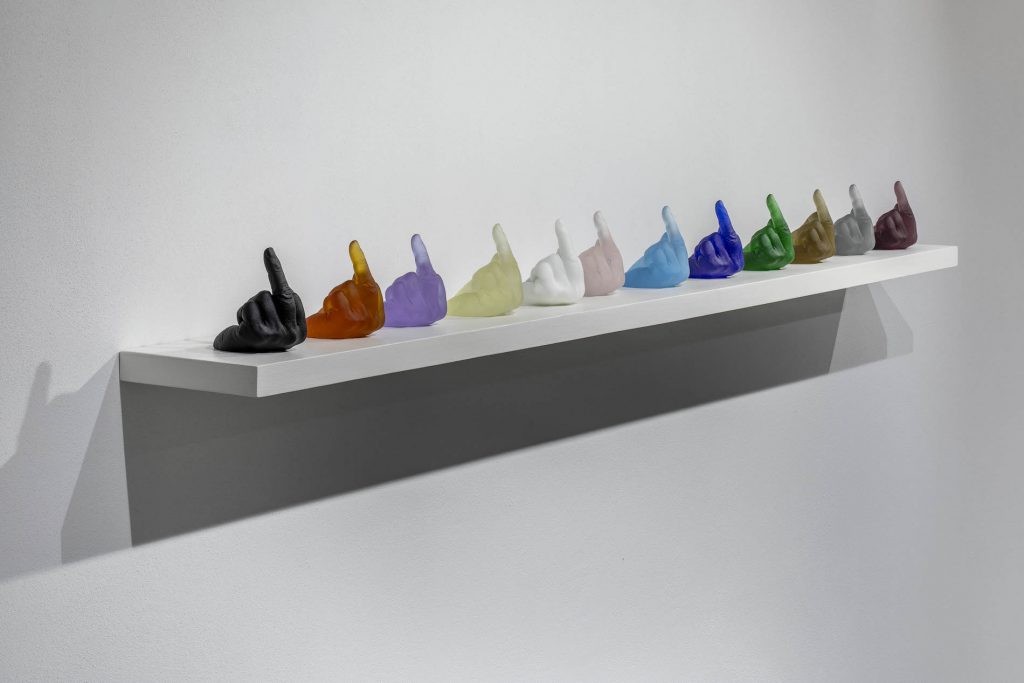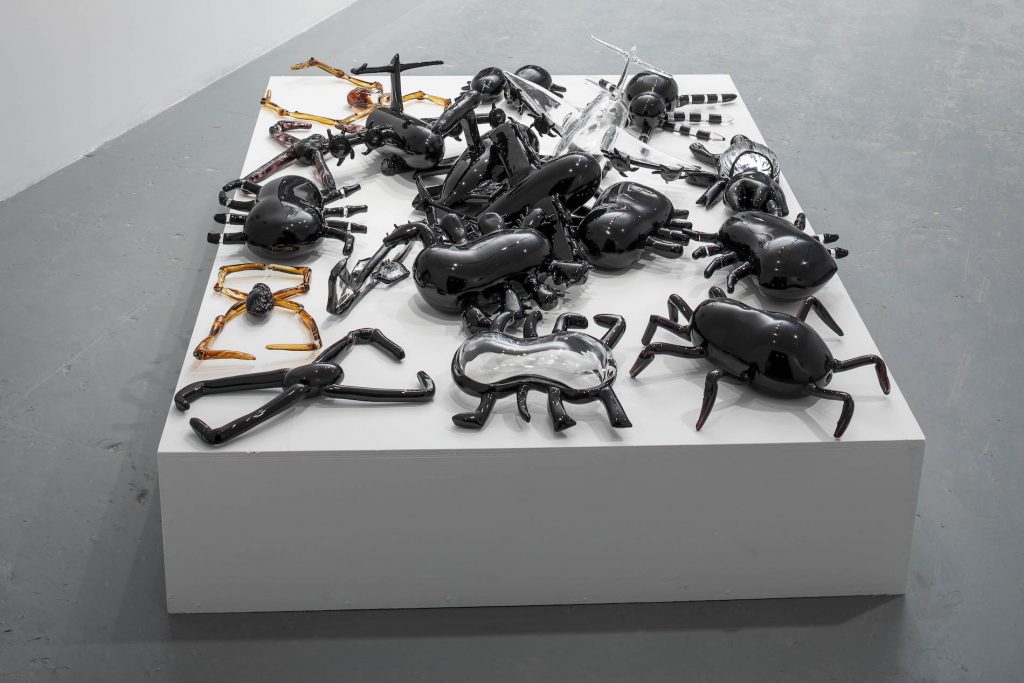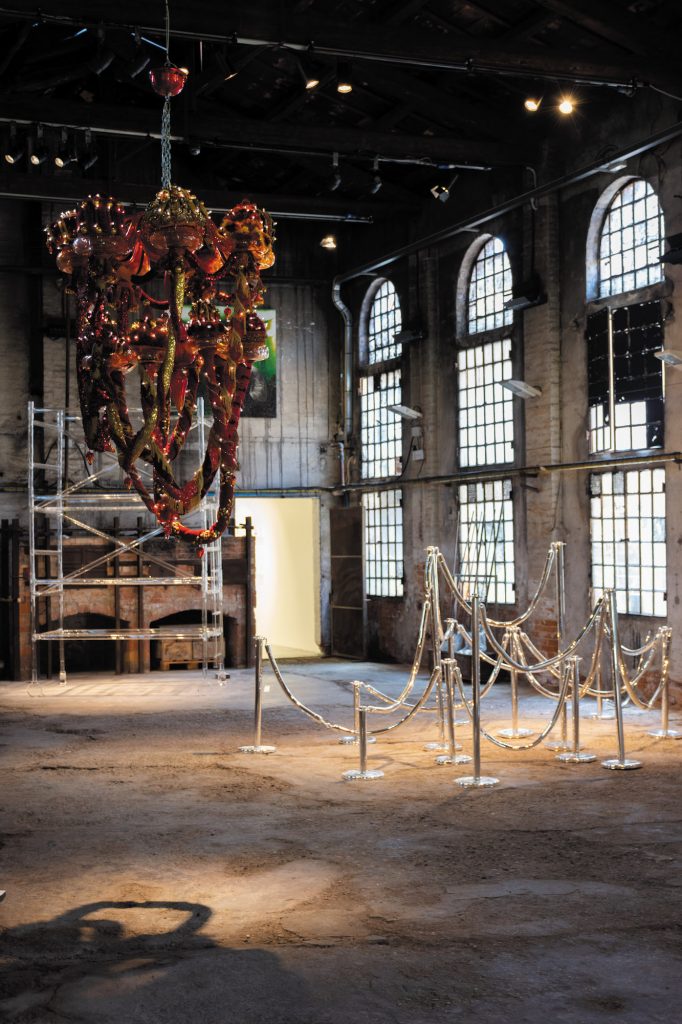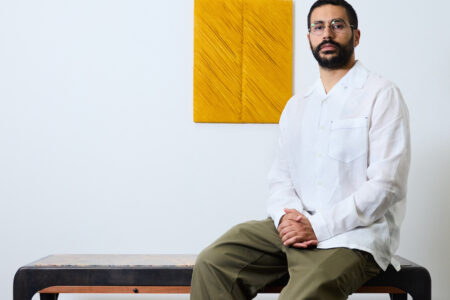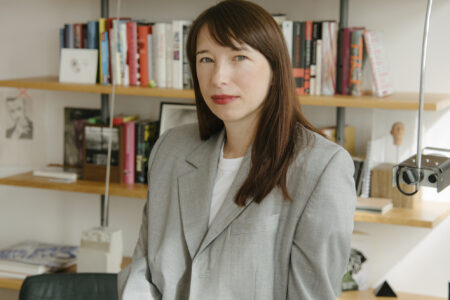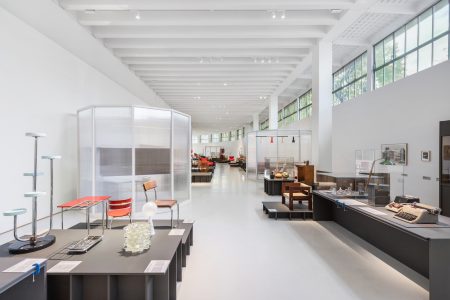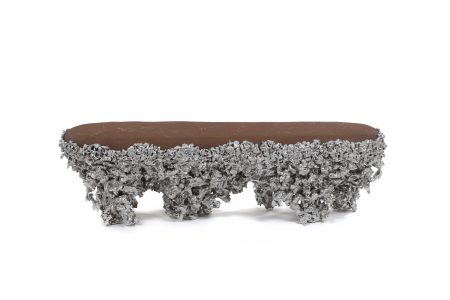GLASSTRESS: Ambitious & Endless Possibilities
This 58th Biennale di Venezia the initiative GLASSTRESS by Adriano Berengo returns for the sixth time to push artists and designers to explore glass.
For the 58th Biennale di Venezia, GLASSTRESS returns for the sixth time bringing together a line-up of leading contemporary artists from Europe, the United States, Latin America, India, and China in an ambitious exhibition exploring the endless creative possibilities of glass.
GLASSTRESS, created by Adriano Berengo, started in 2009. The initiative revived the traditional craft of Murano glassblowing by forging new alliances with internationally renowned artists and designers with little or no prior experience working with glass. Last week he took time to talk to TLmagazine to discuss this inspiring initiative and their show at the Biennale di Venezia.
TLmag: What was the initial reason for the start of Glasstress, and what is it exploring, according to you?
Adriano Berengo: I have often been asked why I created Glasstress, what compelled me to take on the monumental task of putting on an exhibition of contemporary art and glass in the Venice Biennale of Art. The answer may be in my Venetian heritage and my career in glass. In 1989, I founded Berengo Studio, a glass furnace on the island of Murano with the goal of bringing together contemporary artists and glassblowers to produce works of art in glass. I was inspired to take this journey by Peggy Guggenheim’s experimentations in the ’60s with Egidio Costantini.
Over the past 30 years, we have followed in Peggy Guggenheim’s footsteps and collaborated with acclaimed artists from all over the world Most were not glass artists. In fact, most had never used glass as a medium and many had never stepped foot in a glass furnace before coming to Murano. It was the combination of their conceptual approach with the great ability of the glass blowers at Berengo Studio that created the art.
TLmag: The exhibition this Venice Biennale returns to Murano, presenting different returning and new artists to explore ‘how glass redefines our perception of space’. What would you say is the dialogue that takes place in this exhibition?
AB: The theme of this year exhibition is very interesting since glass redefined not only the perception of space but I would add also the of time; Glasstress project, in particular, redefines the perception of glass itself as a material, the capabilities and possibilities, there is a complex world behind this statement and I am glad it was addressed by the co-curator Vik Muniz.
Glasstress 2019 is really a symposium for a universal dialogue that links the past, present and perhaps even the future for this material; some of the most significant artworks, exhibited over the last 10 years in Glasstress Venice and around the world, are now exhibited in our “cathedral of glass”, an abandoned furnace that I converted into a permanent art space.
Glasstress 2019 is a dialogue about possibilities, skills and production erudition. Over these years the studio itself has radically evolved. Today I am proud to have established one of the most advanced glass casting laboratories probably in Europe if not the world. The galleries, institutions, and museums of purely contemporary art are more and more acquiring and exhibiting glass artworks. Glasstress really encourages these kinds of dialogues inside the art world and its actors, involving more than ever the spectators in a project that has already written new chapters in the history of glass and contemporary art.
TLmag: In a section that is on show, curated by Belgian artist Koen van Mechelen, highlights from the past ten years are on display. What is your personal favourite from this selection and why?
AB: It is hard for me to choose one specific artwork since I personally followed the development of each work and feel all of them has added an important brick not only in my career but also to the contemporaneity.
A pivotal work that I like to mention is Carroña by Javier Pérez realized in 2011 a work that mesmerized the visitors. It is a work that has marked such an important step in contemporary art in glass that has been purchased in the permanent collection of the Corning Museum in Upstate New York. His entire work plays with metaphors and symbolism: the creation is a typical Murano chandelier in Rezzonico style, expressing richness and luxury, but taxidermy ravens captured while “eating it” symbolize the superficiality and frivolousness that characterize the concept of richness nowadays. The red colour of the installation perfectly expresses the idea of a real carrion. The passage of time and life together with the concept of a future that need to eat from the past are all expressed in a work that I consider a masterpiece.
TLmag: Could you elaborate on what you see as the future of glass art? What is important to keep exploring or returning to?
What I witness is still a “glass ghettoization” in relation to the contemporary art world. What I wish for glass is to be increasingly included in museum, fairs, and exhibitions that are not linked to glass art. However, it is something that I am sure will change since worldwide collectors extremely appreciate the material. Also, a system that eases the access to this material and that let artists free to experiment is pivotal to its diffusion. This is just the beginning of a glass revolution.
Portrait © Hugo Thomassen
